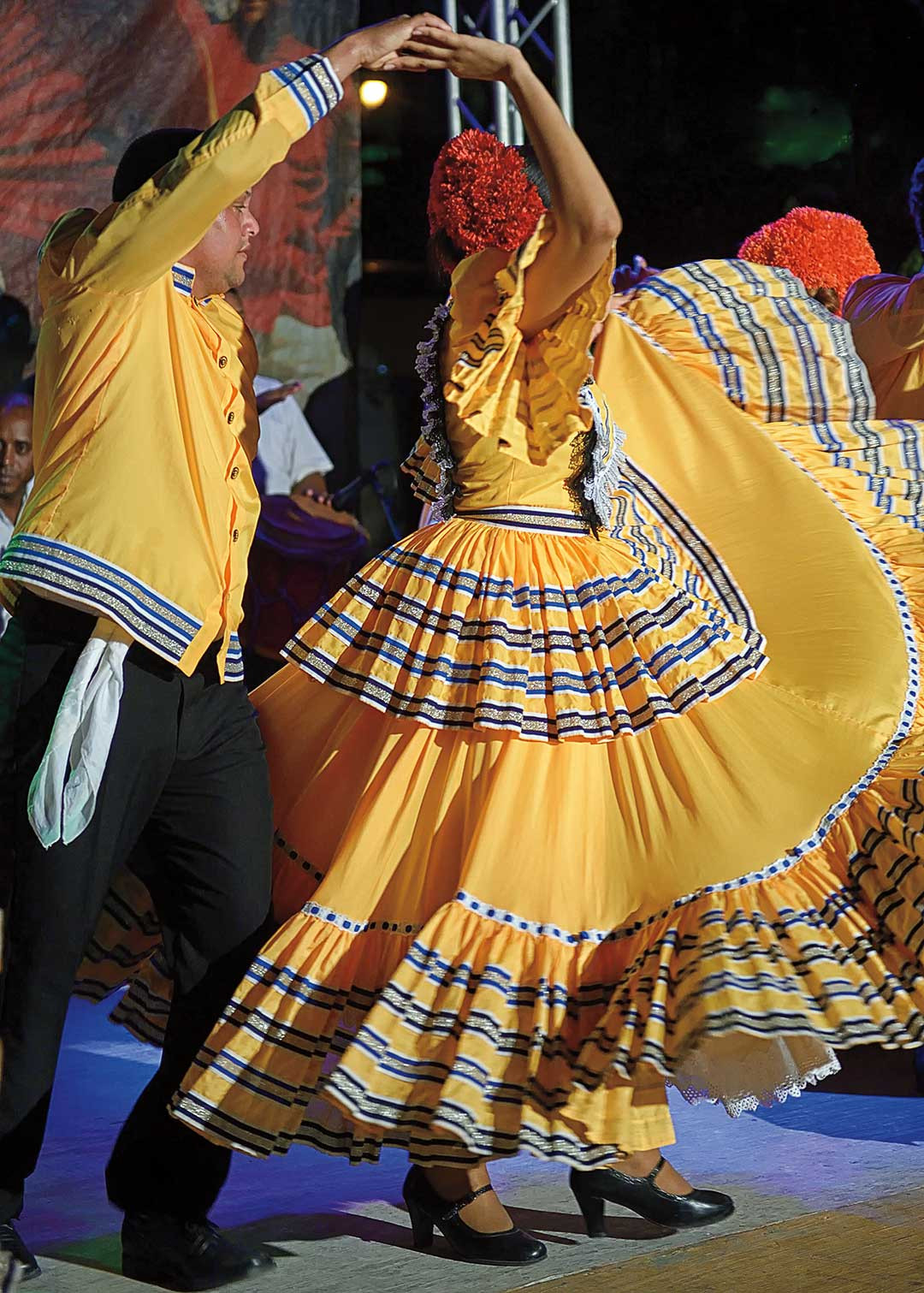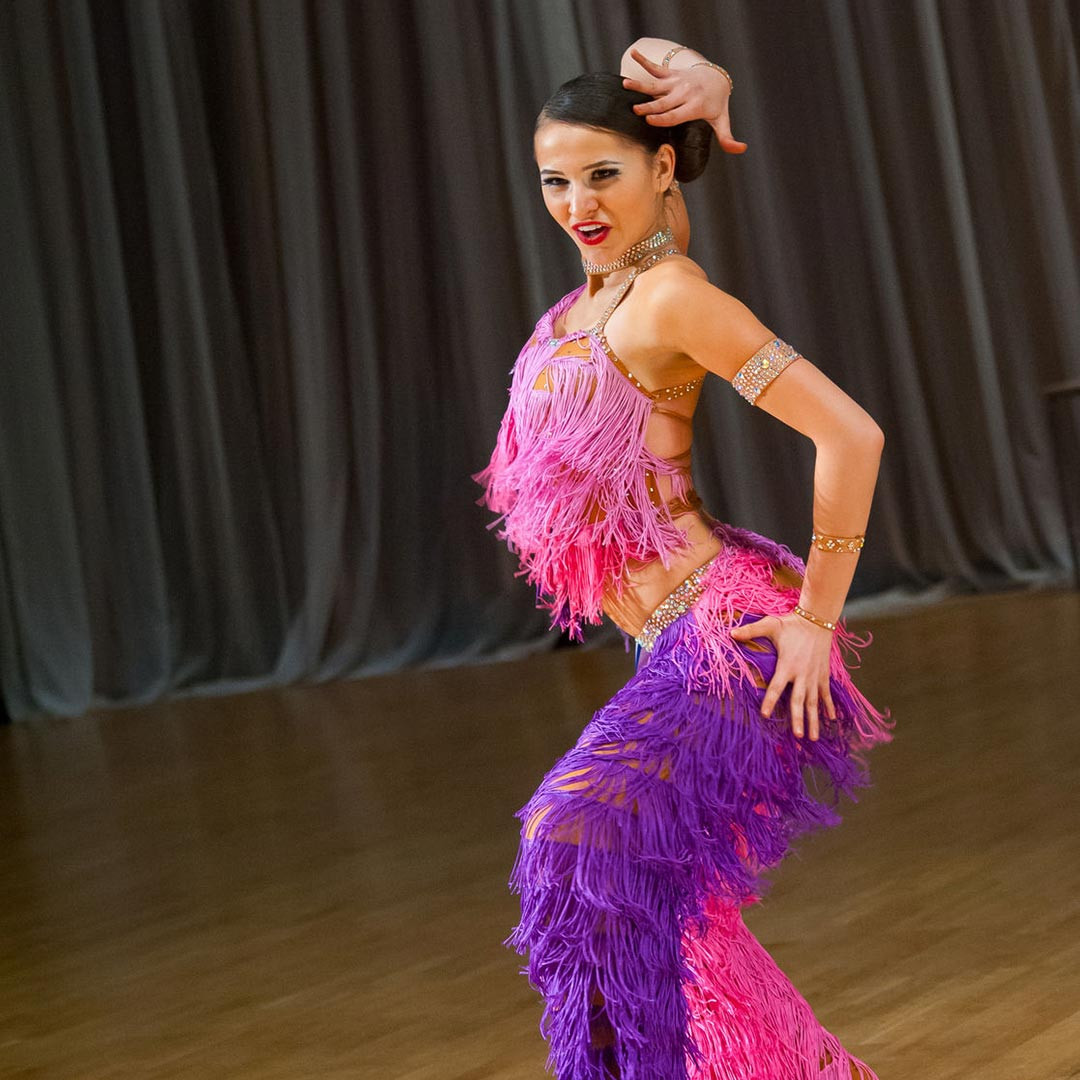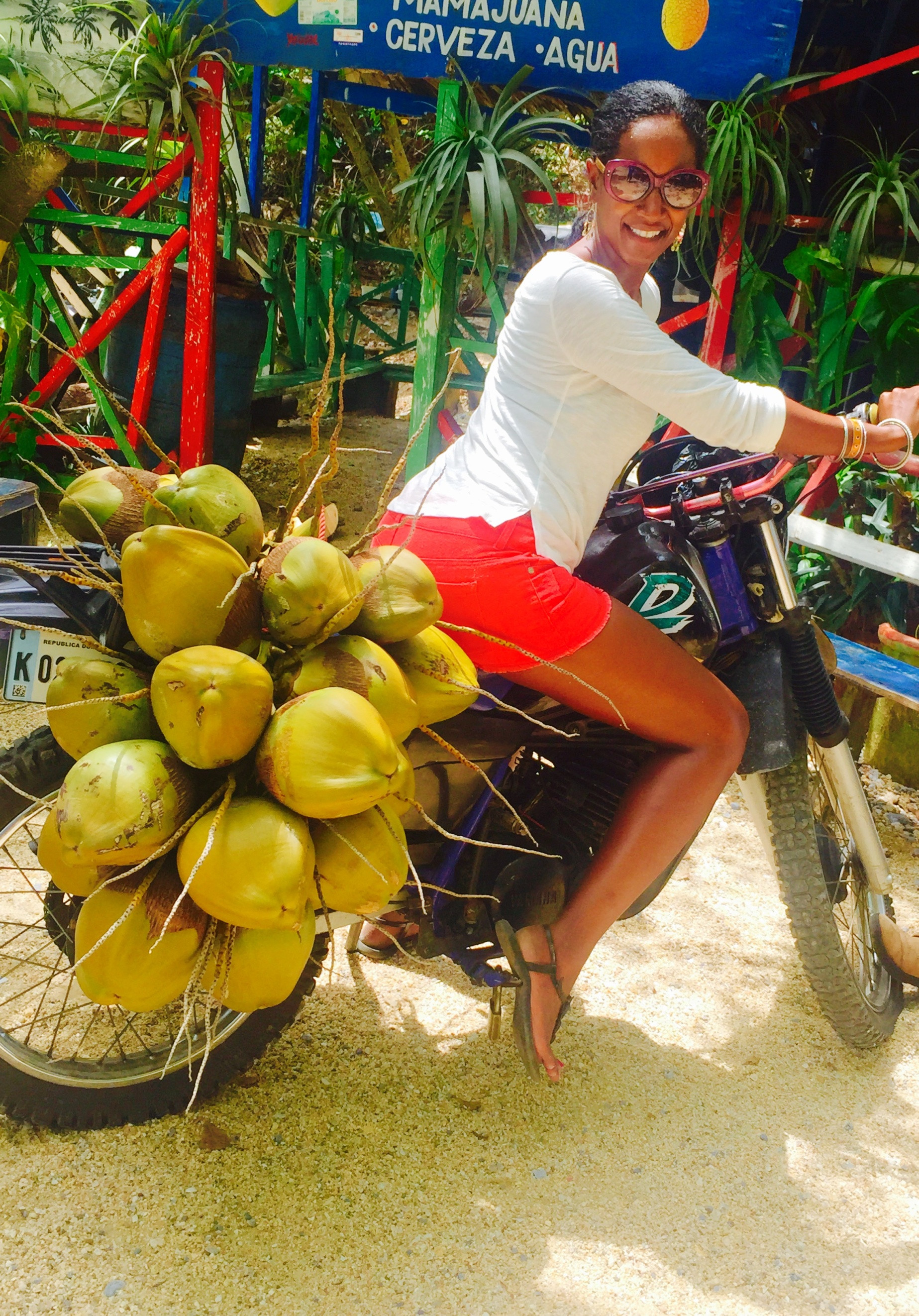Music and dance are the lifeblood of the Dominican Republic. More specifically, Merengue and Bachata resonate through every Dominican neighborhood and are deeply embedded in daily life, arguably surpassing even cockfighting and baseball in cultural significance. It’s no exaggeration to say that for Dominicans, life is intertwined with the rhythm of music, whether it’s blasting from speakers or performed by a live band. It often feels like every day is a celebration in the DR. You’d be hard-pressed to find a Dominican who can’t dance Merengue or Bachata; it’s simply an intrinsic part of their identity. They have their favorite artists and songs, a list that grows longer and richer with each passing generation.
Beyond mere entertainment, Merengue and Bachata hold profound cultural meaning. Their lyrics often reflect the social fabric of Dominican life, exploring themes of love, romance, sexuality, politics, humor, and the everyday struggles of life. Romance, however, often takes center stage, reflecting the poetic spirit of the Dominican people.
 Dancers in Santo Domingo. Photo © Lebawit Lily Girma.
Dancers in Santo Domingo. Photo © Lebawit Lily Girma.
Image: Experience the passion of Dominican dance in Santo Domingo. Photo captures dancers in motion, showcasing the vibrant culture.
Merengue: The Soul of Dominican Rhythm
Merengue isn’t just music and dance; it’s the national emblem of the Dominican Republic. The word itself has become synonymous with the country, recognized globally as a distinct Dominican genre. Merengue embodies the very essence of being Dominican. Its instrumentation reflects the rich, mixed heritage of the nation. The accordion, a European contribution, is retuned to capture the unique Merengue sound. The tambora, a two-sided drum of African origin, is played across the lap, providing the infectious beat. And the güira, a metal cylinder with Taíno roots, scraped with a brush, adds a distinctive texture.
The origins of the word “Merengue” are debated, with some tracing it back to African dances during the colonial era. Danced in couples to a 2/4 beat, Merengue’s rhythm is intoxicating, ranging from moderately fast to incredibly rapid. This versatility stems from the various subgenres within Merengue. Perico Ripiao, or merengue típico, represents the folkloric, traditional form. Believed to have emerged in the Cibao region in the late 19th century (though some claim Cuban influence), it’s often considered the “country music” of the Dominican Republic.
Facundo Peña, hailing from Guananico in Puerto Plata province, stands as a celebrated, award-winning perico ripiao performer. This region is renowned as the birthplace of generations of merengue típico musicians and instrument makers, a tradition that thrives today. Travelers visiting in late November should contact the UMPC (tel. 809/696-6932), Puerto Plata’s local tourism network, for details on the annual merengue típico festival, a vibrant celebration of this musical heritage.
Initially, Merengue faced rejection from the Dominican upper classes, deemed vulgar and associated with the masses. Ironically, this perception shifted dramatically with the rise of Trujillo. He embraced Merengue, featuring it prominently at official events and parties, catapulting it to national prominence.
Learning to dance Merengue is a quintessential Dominican experience. The dance is led by the man, who gently holds the woman’s waist with his right hand. The couple moves together, swaying their hips sensually from side to side, keeping their torso relatively still. They incorporate turns and side steps while maintaining a close hold, releasing hands only momentarily. For women, the dance is about gracefully following the lead, keeping hips swaying, maintaining posture, and stepping in sync. It’s not only a fun and engaging activity but also a great workout. Merengue is relatively accessible to learn, with lessons available throughout the Dominican Republic for those wanting to practice before hitting the dance floor.
Juan Luis Guerra, a multiple Grammy-winning and globally acclaimed Latin artist, is arguably the most significant figure in Merengue from the 1980s and 1990s. He revolutionized the genre by blending it with modern pop and jazz elements. His iconic songs, like Ojalá que llueva cafe (I wish it would rain coffee), are instantly recognizable classics. Other quintessential Merengue tracks include La dueña del swing by Los Hermanos Rosario, Dominicano Soy by Fernando Villalona, and Vamo’ hablar inglés by Fefita La Grande.
While younger generations in the Dominican Republic are increasingly drawn to modern Merengue infused with guitars and saxophones, or to dembow, a Dominican “dancehall” variant, merengue típico maintains its strong presence. It continues to pulse in the Cibao region’s cities and villages, within rancho típicos (traditional countryside restaurants), and in Santo Domingo, the capital city.
Bachata: The Dance of Dominican Romance
Bachata is experiencing a surge in popularity globally and has recently been declared a national patrimony of the Dominican Republic. This genre is known for its sensual, slower rhythms and was historically embraced by the working class before gaining broader recognition. Bachata’s roots lie in the Cuban bolero, but it evolved uniquely in the Dominican Republic and is considered distinctly Dominican. For a long time, the upper classes looked down upon Bachata, associating it with bars and brothels, and its lyrics often explored themes of romance, sexuality, and poverty. Doble sentido (double entendre) and suggestive themes are hallmarks of Bachata, which solidified its form in the 1980s. This history contributes to its deeply entrenched cultural significance as the music of love and, often, heartbreak.
 A dancer performing at a championship in the Caribbean. Photo © Anton Gvozdikov/123rf.
A dancer performing at a championship in the Caribbean. Photo © Anton Gvozdikov/123rf.
Image: A bachata dancer at a Caribbean championship. The photo highlights the elegance and passion of bachata dance in a competitive setting.
Bachata music incorporates a rich blend of instruments: guitars (lead, rhythm, and electric bass), bongos or drums, and the güira. The Bachata dance is characterized by three steps followed by a fourth tap step. Danced in pairs, the man traditionally leads. Partners dance closely, their hips moving in a square or box-like motion with their feet. A distinctive “push and pull” hand movement adds to the dance’s expressive nature, varying depending on individual styles. Artists credited with propelling Bachata onto the international stage include Juan Luis Guerra, particularly with his album Bachata Rosa, and, more recently, Romeo Santos, who continues to dominate global charts. Other prominent Bachata artists include Aventura, Raulín Rodríguez, Frank Reyes, Anthony Santos, and Luis Vargas.
Beyond Merengue and Bachata, the Dominican Republic’s diverse musical landscape includes Salsa, Son (especially prevalent in Santo Domingo), Dembow, Reggaeton, and even Dominican Jazz, celebrated at the annual Dominican Republic Jazz Festival on the North Coast. For a comprehensive immersion into Dominican folkloric dances across history, the Ballet Folklórico del Ministerio de Turismo offers a captivating two-hour performance. This free show, featuring live musicians and vibrant costumes, takes place twice weekly in Santo Domingo’s Colonial Zone (Fridays and Saturdays at 7 pm) near Plaza de España. It showcases the breadth of Dominican music and dance traditions, including African influences, and often concludes with audience members joining the dancers.
To explore a curated collection of Merengue, Bachata, and other Dominican genres, consider the album Latin Hits 2015 Club Edition. For a deep dive into merengue típico, El Mero Merengue—Lo mejor del perico ripiao (1995) is an excellent choice.

Lebawit Lily Girma
About the Author
Born in Ethiopia, Lebawit Lily Girma‘s global journey began at nine months old when her family moved to Côte d’Ivoire, West Africa. This early immersion in diverse cultures ignited a lifelong passion for travel, languages, and exploration across continents, including Europe and the Americas.
After a career in law in the U.S., Lily followed her passions for travel, writing, and photography. A pivotal three-week trip to Belize in 2010 sparked a deep connection, leading her to return a year later as the in-house writer and photographer for the Belize Tourism Board for three months. She extensively explored Belize, documenting her experiences through online articles, blogs, and photo essays. The rich tapestry of Belize’s cultures and people resonated deeply, prompting extended stays and freelance writing projects focused on the country.
Lily’s authorship extends to Moon Belize Cayes and Moon Dominican Republic, alongside contributions of writing and photography to esteemed publications such as CNN Travel, BBC Travel, Delta Sky, Sunday Times Travel Magazine, MorningCalm, Every Day with Rachael Ray, The Travel Channel, and AFAR. She also served as a key contributing writer and senior editor for the 2016-2017 edition of Destination Belize Magazine, Belize’s primary tourism publication.
Learn more about this author

